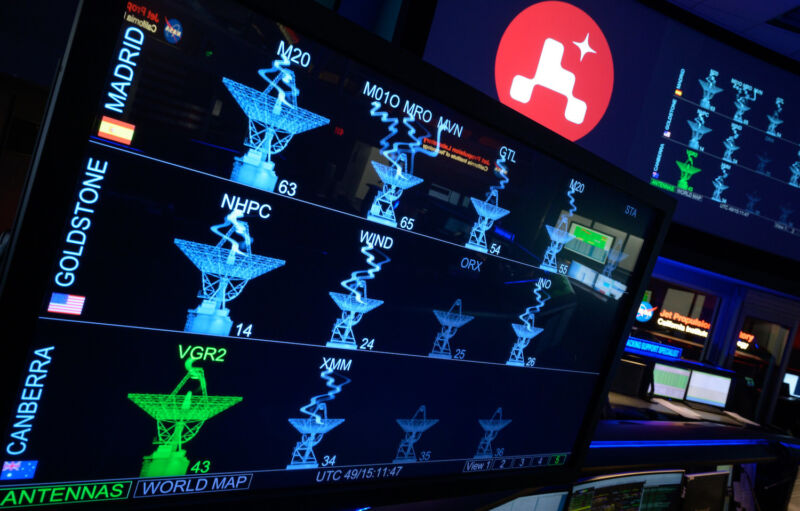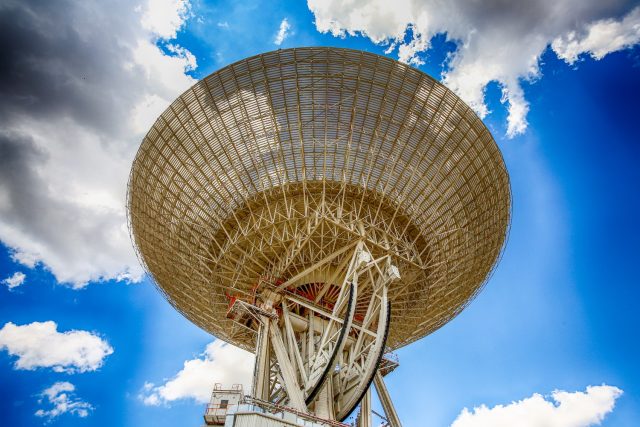
NASA officials sounded an alarm Tuesday about the agency's Deep Space Network, a collection of antennas in California, Spain, and Australia used to maintain contact with missions scattered across the Solar System.
Everything from NASA's Artemis missions to the Moon to the Voyager probes in interstellar space rely on the Deep Space Network (DSN) to receive commands and transmit data back to Earth. Suzanne Dodd, who oversees the DSN in her position at NASA's Jet Propulsion Laboratory, likes to highlight the network's importance by showing gorgeous images from missions like the James Webb Space Telescope and the Perseverance rover on Mars.
"All these images, and all these great visuals for the public, and all the science for the scientists come down through the Deep Space Network," Dodd said Tuesday in a meeting of the NASA Advisory Council's Science Committee.
DSN is in deep sh!#
But Dodd doesn't take a starry-eyed view of the challenges operating the Deep Space Network. She said there are currently around 40 missions that rely on the DSN's antennas to stay in communication with controllers and scientists back on Earth. Another 40-plus missions will join the roster over the next decade or so, and many of the 40 missions currently using time on the network will likely still be operating over that time.
"We have more missions coming than we currently are flying," Dodd said. "We’re nearly doubling the load on the DSN. A lot of those are either lunar exploration or Artemis missions, and a lot of Artemis precursor missions with commercial vendors. So the load is increasing, and it’s very stressful to us.”
“It’s oversubscribed, yet it’s vital to anything the agency wants to do," she said.
Vint Cerf, an Internet pioneer who is now an executive at Google, sits on the committee Dodd met with Tuesday. After hearing from Dodd and other NASA managers, Cerf said: "The deep space communications system is in deep—well, let me use a better word, deficit. There’s a four-letter word that occurs to me, too."

Because astronauts are involved, the Artemis missions will come with unique requirements on the DSN.
"We're not going to have bits of data. We're going to have gigabits of data," said Philip Baldwin, acting director of the network services division at JPL. "I don't want 1080p for video resolution. I want 8K video."
Each of the three stations on the Deep Space Network has a 70-meter (230-foot) dish antenna, the largest antennas in the world for deep space communications. Each location also has at least three 112-foot (34-meter) antennas. The oldest of the large antennas in California entered service in 1966, then was enlarged to its 70-meter diameter in 1988.
“We have reached a really critical point on the DSN’s aging infrastructure," said Sandra Cauffman, deputy director of NASA's astrophysics division.
Artemis I case study
Dodd presented some numbers from late last year to highlight the problem. During the Artemis I mission, NASA's Orion spacecraft spent about 25 days traveling from Earth to a distant orbit around the Moon, then returned to a splashdown in the Pacific Ocean. The Deep Space Network's antennas collectively spent 903 hours tracking and communicating with the Orion spacecraft during Artemis I.
But there's more to the story. There were 10 small rideshare secondary payloads that flew into deep space on the Space Launch System rocket on Artemis I. These CubeSats ranged in size from a shoebox to a briefcase, with small antennas and low-power transmitters that required large antennas on Earth to make a reliable connection.
Eight of these CubeSats were tracked with the DSN, according to Dodd. "They got 871 hours of tracking, nearly as much as Artemis for eight little CubeSats," she said.
"I'm not sure who thought it was a good idea to put up (so many) CubeSats with Artemis I," Dodd said.
"sound" - Google News
August 31, 2023 at 01:12AM
https://ift.tt/J0Upjm3
NASA officials sound alarm over future of the Deep Space Network - Ars Technica
"sound" - Google News
https://ift.tt/Xxspb0c
Shoes Man Tutorial
Pos News Update
Meme Update
Korean Entertainment News
Japan News Update

No comments:
Post a Comment